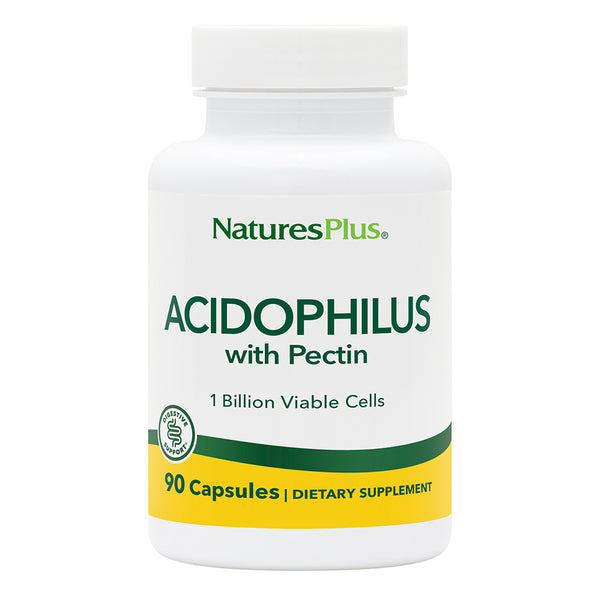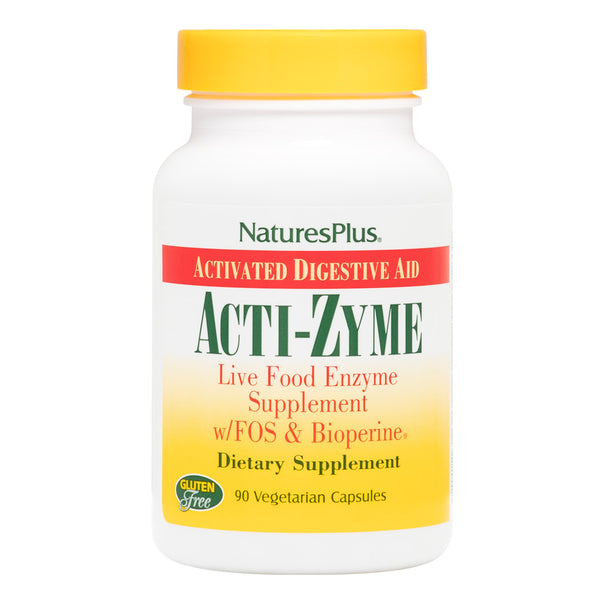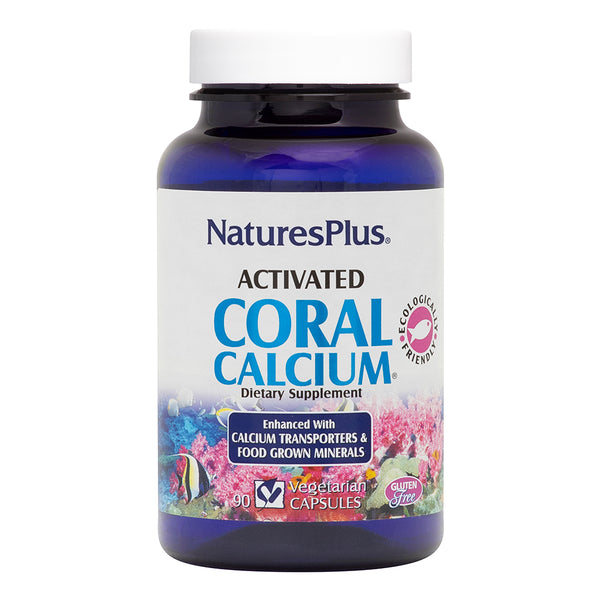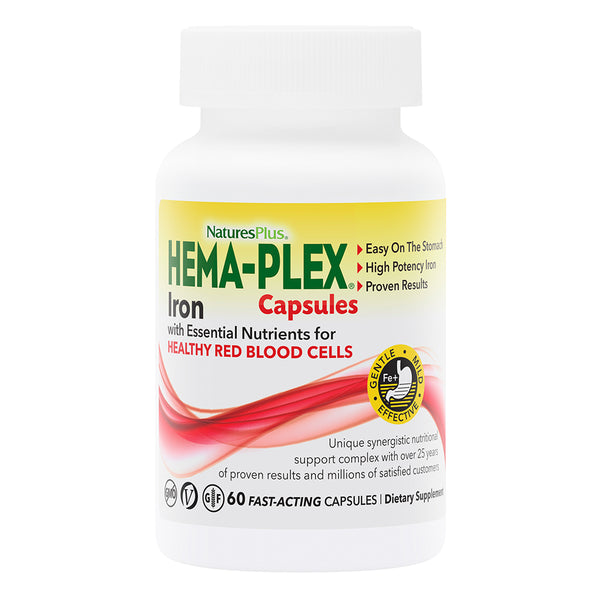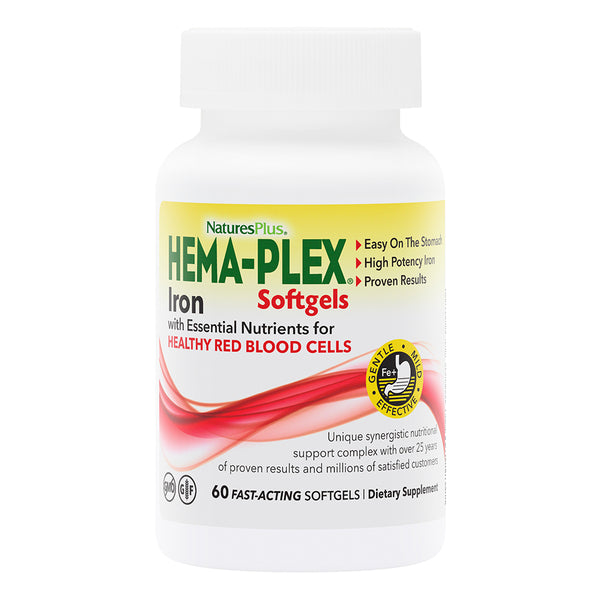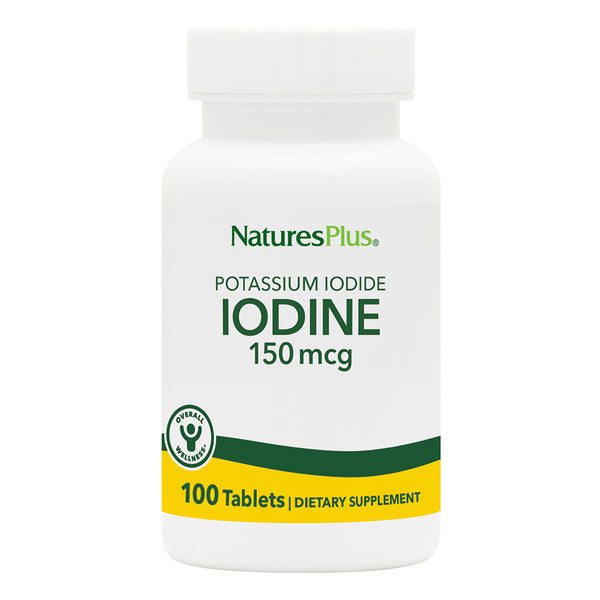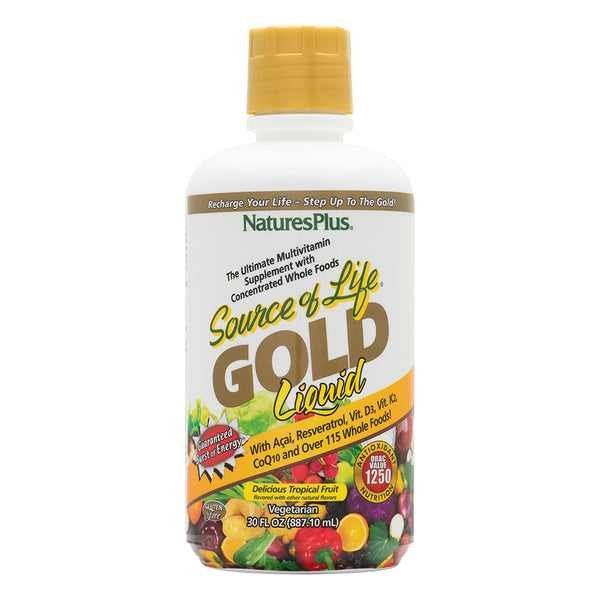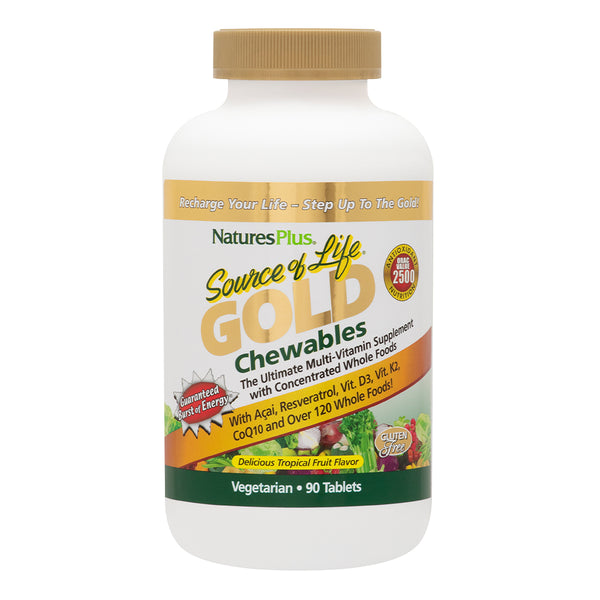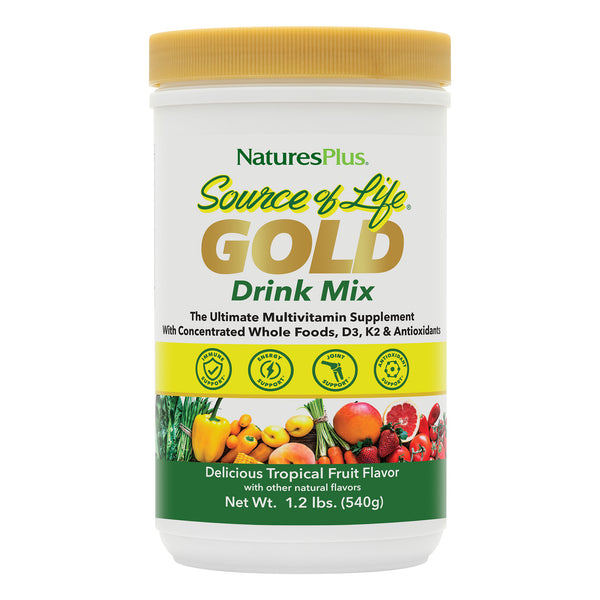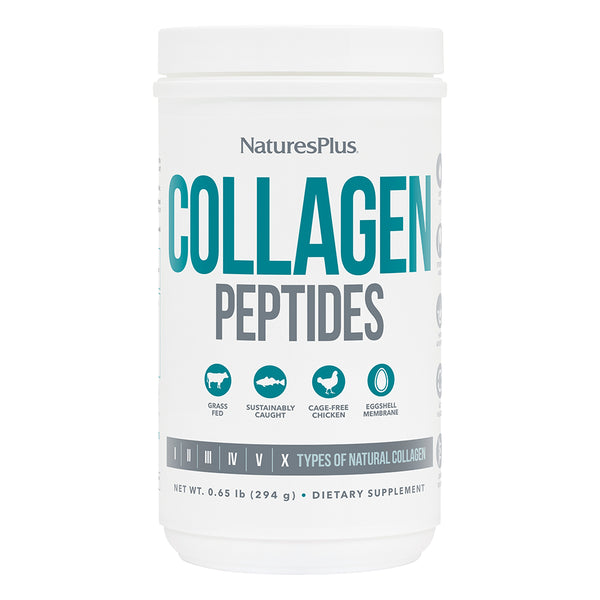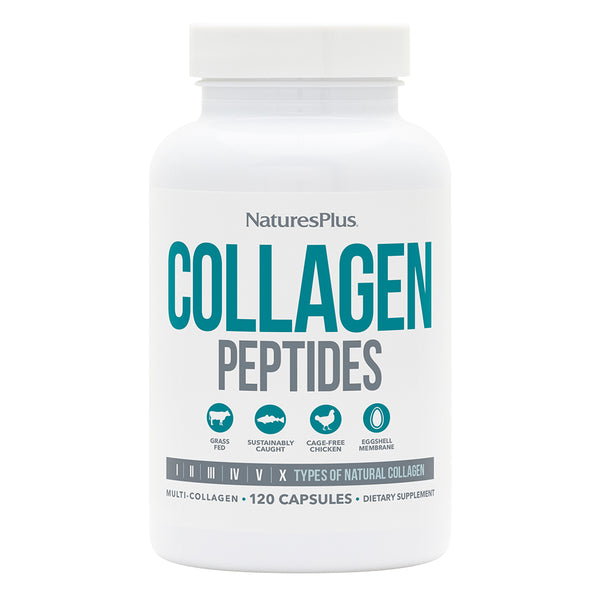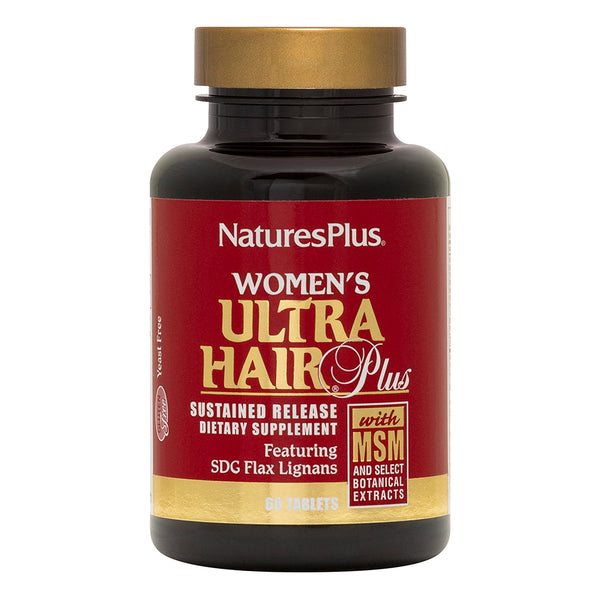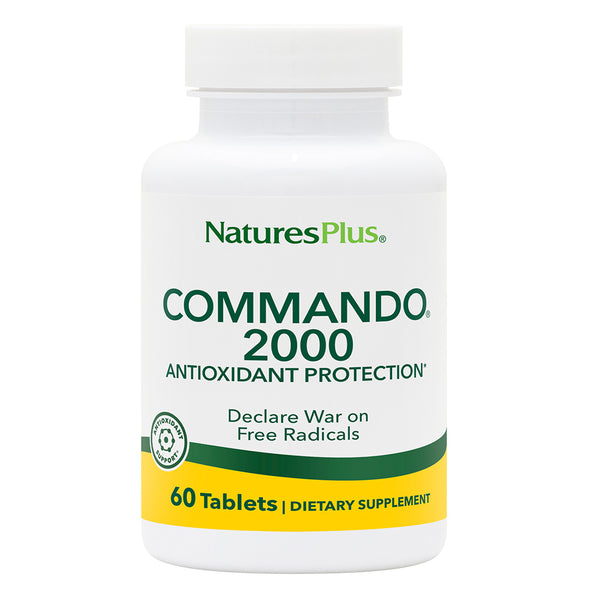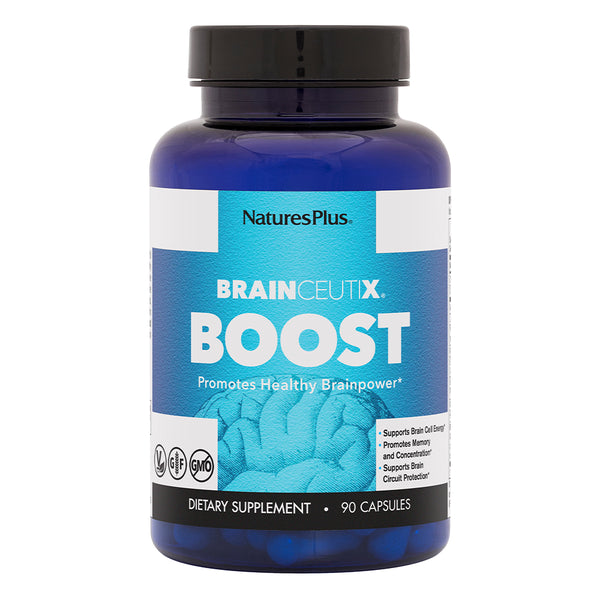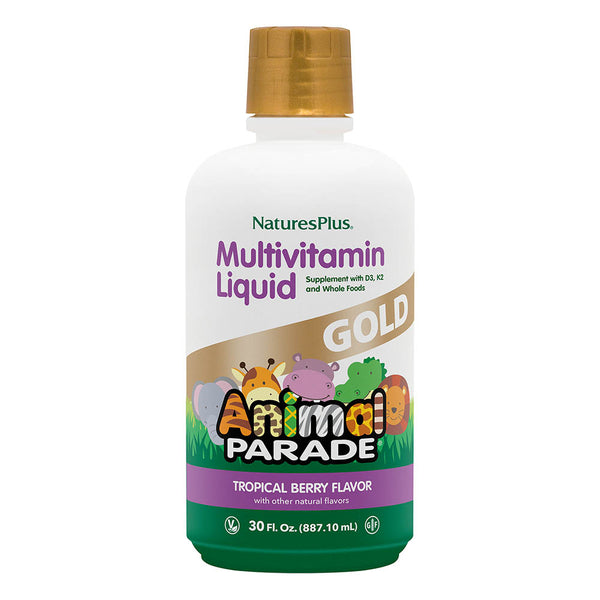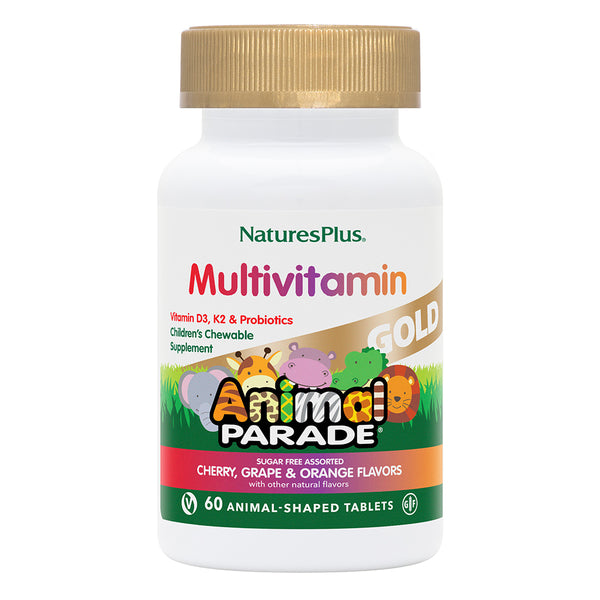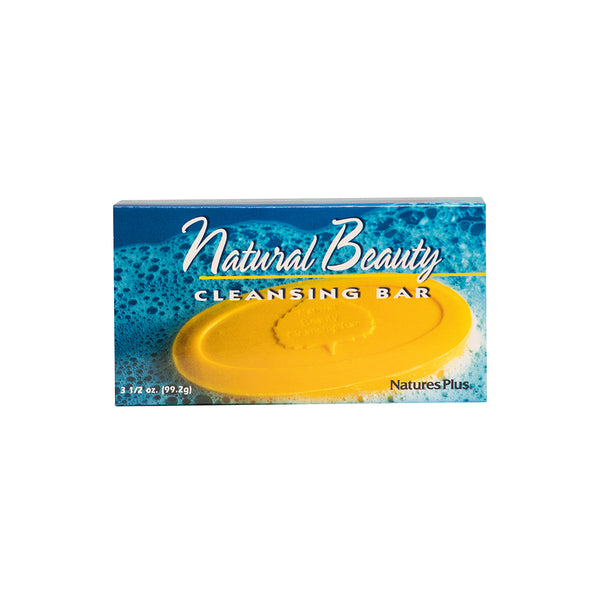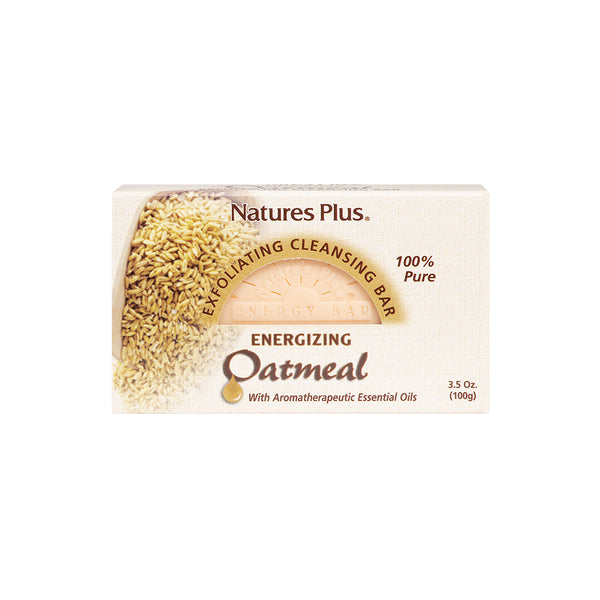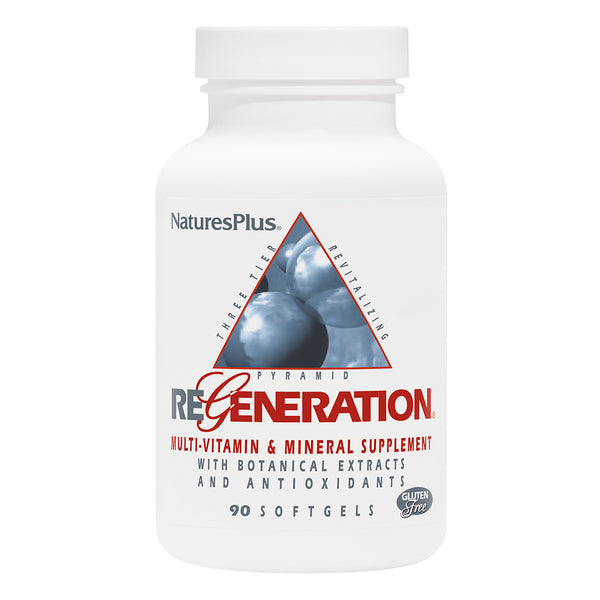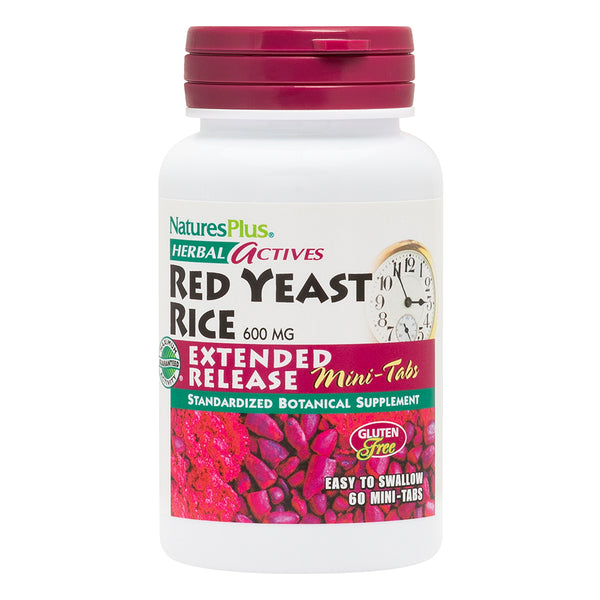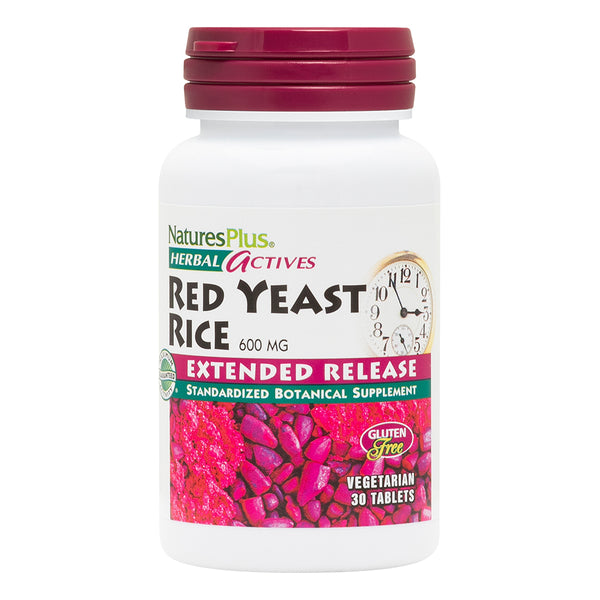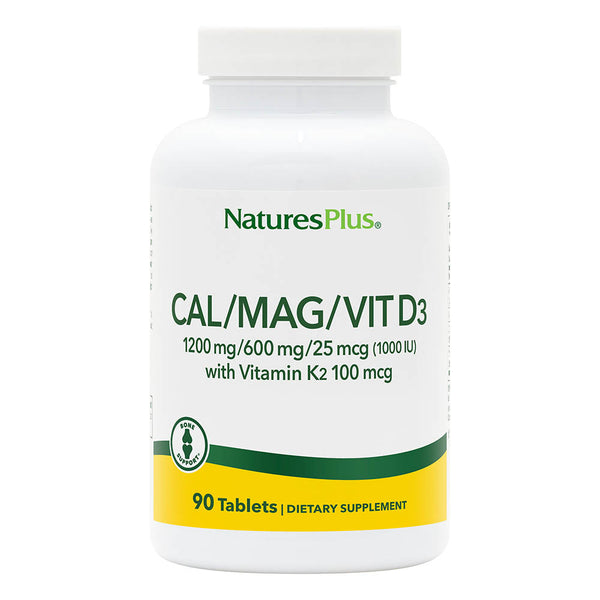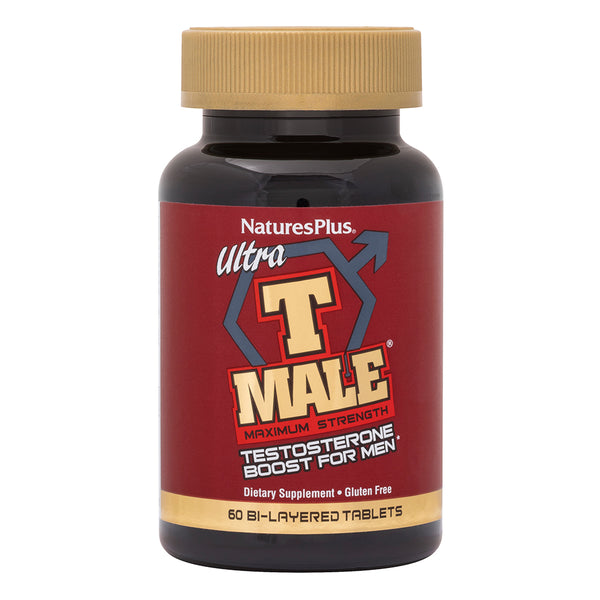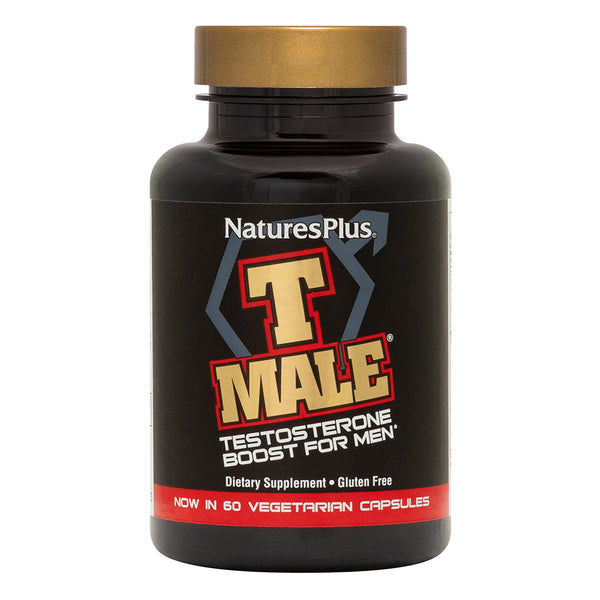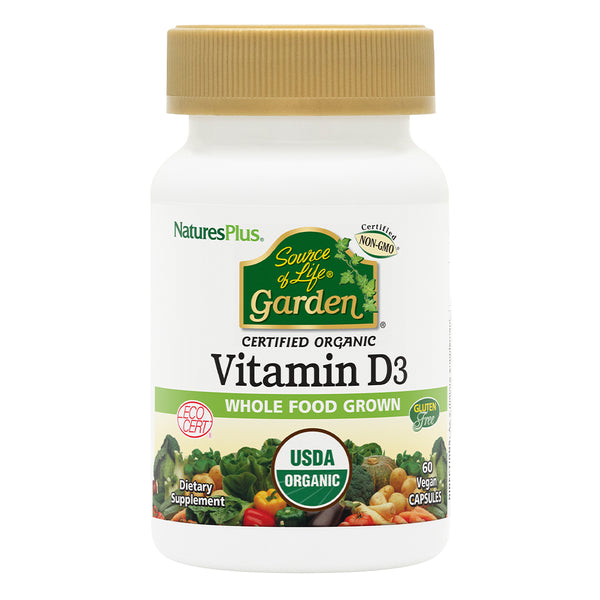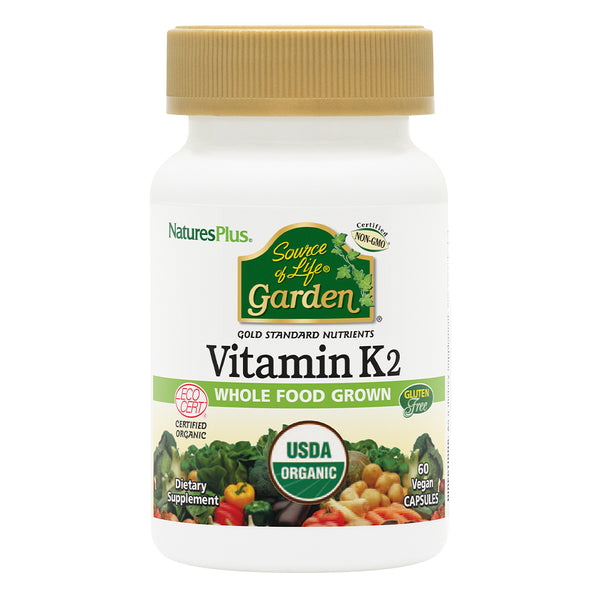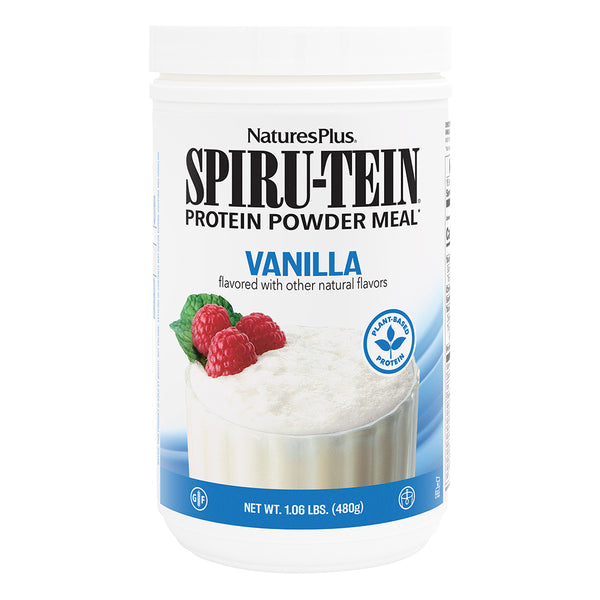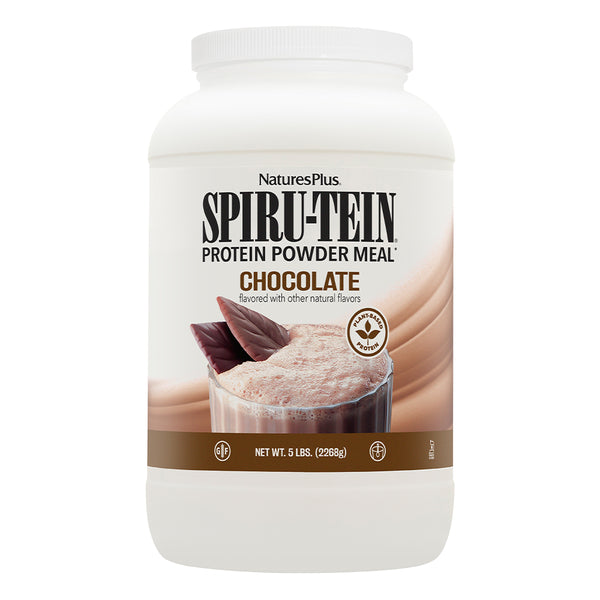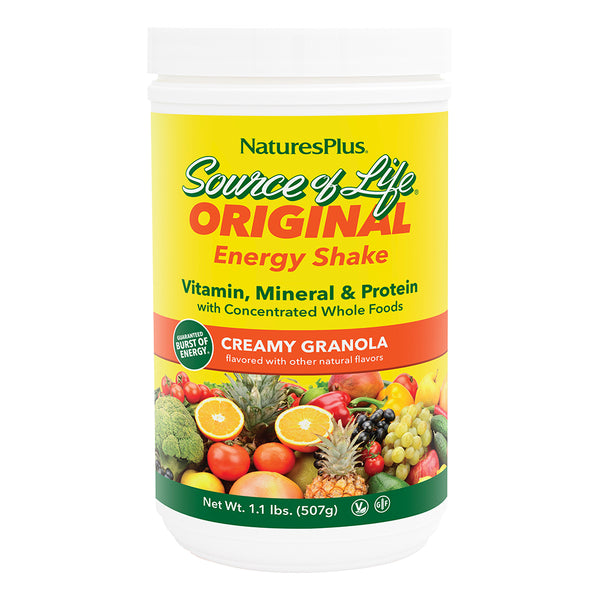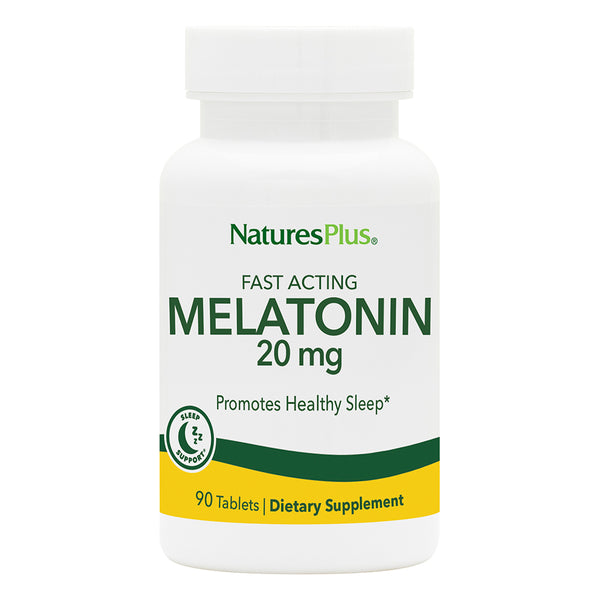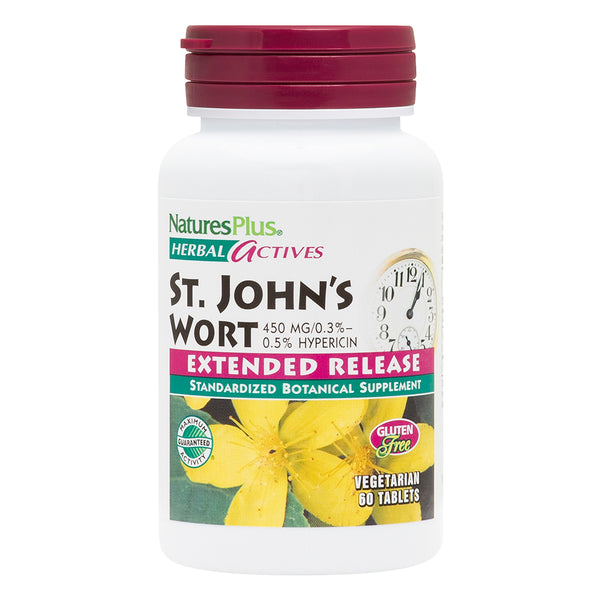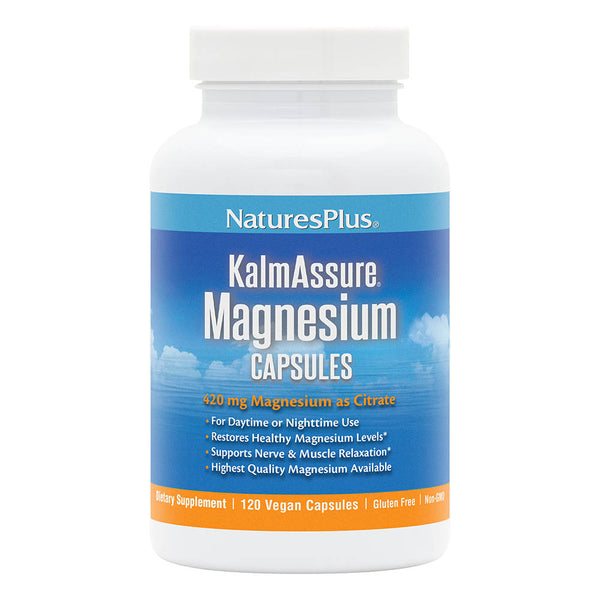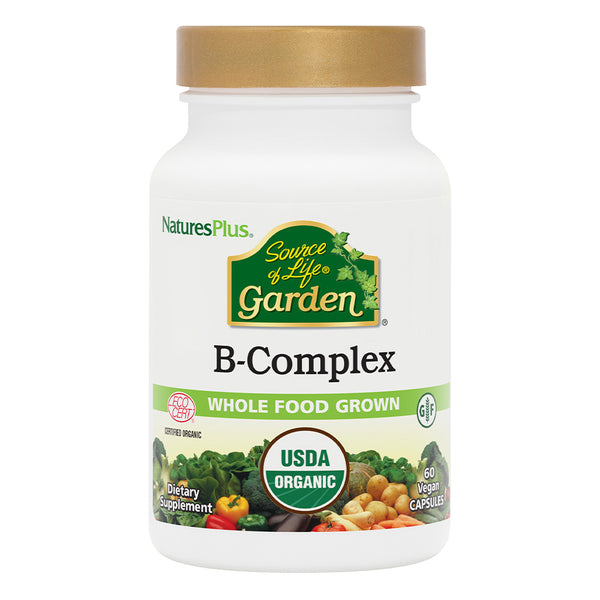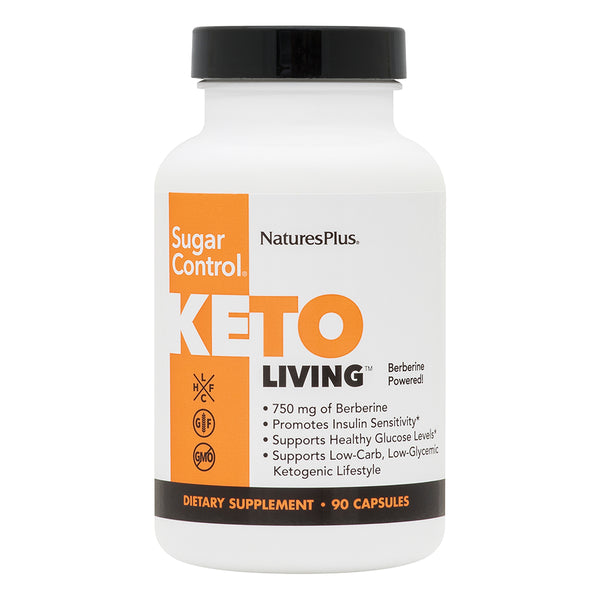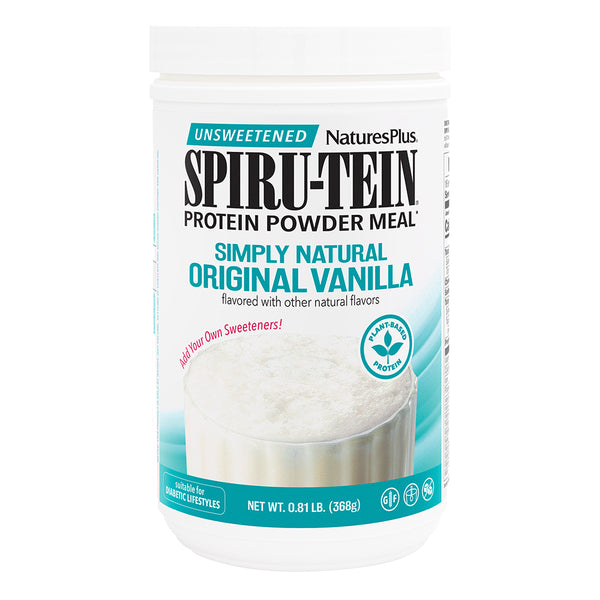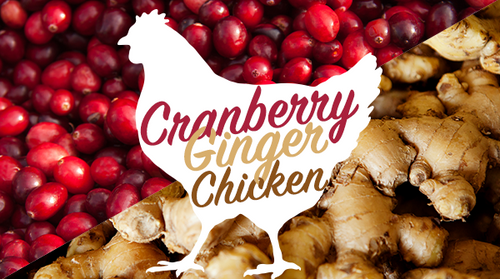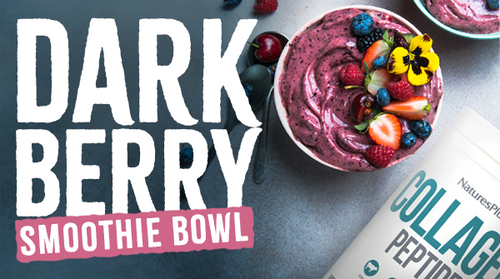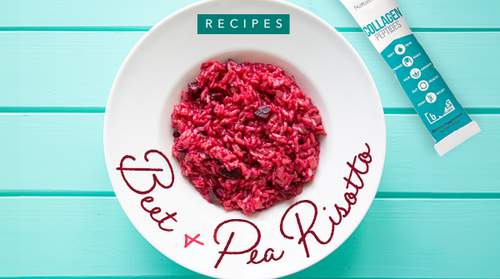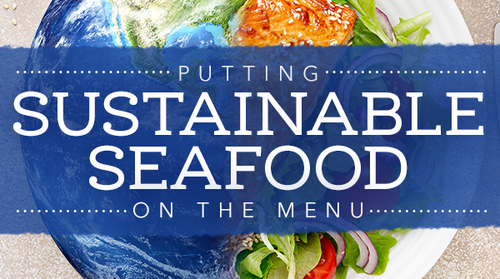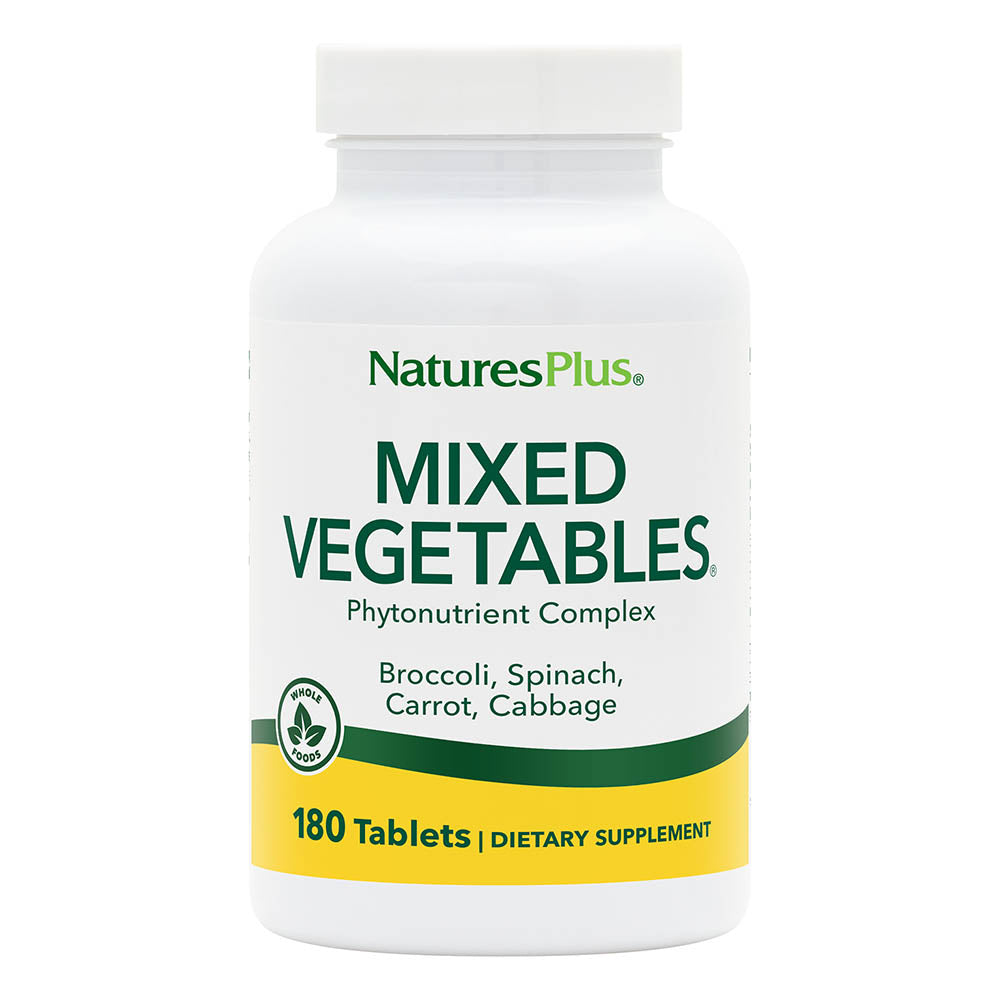For some time now, dietitians have recommended powering up your potato by opting for the sweet version over the white to add nutrition to your side dish. But the options don't end there.
Beets, rutabagas, turnips, sunchokes (once known as Jerusalem artichokes), parsnips—if it sounds like a lineup from Grandma's World War II Victory Garden, well, you're not far off. These vegetables have a deep-rooted history; packed full of fiber, vitamins A, B and C, and complex carbohydrates, there was a reason grandmother served them back in the day.
It's the same reason root vegetables have seen a resurgence on grocery store shelves and hip restaurant menus: They combine earthy flavor with health benefits that never go out of style.
In fact, root veggies are among "the most nutrient-dense vegetables on the planet," explains Wesley Delbridge, RDN, of the Academy of Nutrition and Dietetics. "They are grown underground, packed in tightly, and pull in the nutrients from the surrounding soil. Growing in the ground also makes them more fibrous, and anything with fiber makes us feel fuller for longer."
Then there's the convenience factor.
Remember the olden days when everyone had a root cellar? These vegetables can be stored longer, making them more available year round. "They don't contain a lot of moisture, so they last a really long time," Delbridge says.
It's easy to get stuck in a rut with the foods you are used to, explains Stephanie Pedersen, author of Roots: The Complete Guide to the Underground Superfood (Sterling).
"This is a chance to add something exciting but not threatening to our diets," Pedersen says. "And you're doing double duty, not only filling your stomach, but filling your body with nutrition."
How to Choose Your Veggies
Choose root vegetables that are brightly colored and firm, bordering on hard. Avoid those that have shriveled skin and are soft to the touch. While root vegetables tend to have long shelf lives, the condition of the vegetable when you buy it will determine in large part how long it lasts.
Beet
Beets have certainly made a big comeback, making superfood lists and hitting menus in the form of beet salads, sides even soufflés.
Beets give you a blast of vitamin C, beta-carotene, potassium, folate and a healthful substance called betaine.
Pedersen likes to shred beets with other root vegetables and mix with a cilantro-and-lime juice dressing for a quick salad, or slice them really thin, brush them with olive oil and bake them as chips.
Pedersen also caramelizes onions while throwing in some thinly sliced beets. "It makes a great topper to put on focaccia or on cheese; it's jammy," she says.
Beets are easy for newbie cooks: No matter how long you cook a beet, it will never turn to mush.
Carrot
Without a doubt one of the most popular root vegetables, carrots provide high levels of carotenes as well as vitamin A.
And there are out-of-the-box ways to incorporate carrots into your diet. For one thing, multi-colored, organic carrots offer interesting new options.
There are also different ways to employ this useful root.
For example, Pedersen likes to roast or steam a bunch of peeled carrots, throw them in the food processor with a tablespoon of nut butter or hummus, garlic, salt and pepper, and use it as a dip or sandwich spread.
"We do a lot of shredded carrots on sandwiches, and cut them into chips for dips," she says. "We also juice a lot of carrots and use it as a base for salad dressing."
Jicama
Sounds like hicama, tastes like a crispy, less-sweet apple. "I think people love it for its crisp, refreshing bite; it's like a green apple without the appleness," Pedersen says.
Jicama, originally from Mexico, is high in potassium, beta-carotene and vitamin C. It is also rich in fiber, specifically a kind called inulin.
Pedersen slices jicama into logs and uses them for dipping. "It's a great way to get away from the tortilla chips and get a good amount of fiber," she says.
She also adds jicama to a shredded salad or throws it into a roasting pan with other root vegetables. "It cooks well; it can be chopped and thrown into a soup to add the texture instead of potato."
Parsnip
Shaped like a carrot, but white, the parsnip has an earthier flavor. "It's in the same family as the carrot, but it doesn't have that big beta carotene hit," Pedersen says.
However, parsnips do contain fiber, folate, magnesium, vitamin C, potassium and phosphate, as well as a healthful phytonutrient called falcarinol.
Delbridge suggests substituting mashed parsnip for mashed potato, or at least going half and half. Pedersen adds parsnip to her roasted root vegetable mix, purees it and adds it to lasagna or soups, or shreds it and slips it into baked goods or oatmeal for added fiber.
Sunchoke
The sunchoke used to be referred to as Jerusalem artichoke, even though it has nothing to do with Jerusalem or artichokes.
With a gnarled appearance (similar to that of ginger) it has been making its way onto menus with a nutty, yet sweet, flavor. "It's definitely gone crazy in the Paleo world," Pedersen says, "and it's typically roasted like a new potato with a nuttier taste."
Aside from roasting sunchokes, Pedersen likes to add them to soups, and they are also commonly added to a root-veg mash.
Sweet Potato
Sweets are a hot food trend. One reason? The sweet potato is considered the healthier potato.
One cup contains about double the beta carotene and vitamin A compared with a cup of carrots, along with omega-3s, potassium, vitamin C, calcium and fiber, among other nutrients.
An easy swap for a baked potato, Pedersen cooks sweets the same way and tops them with black beans, salsa and guacamole.
"I also roast a batch and add them to a black bean-and-chipotle burrito," Pedersen says. "Or I puree a lot and add it to various things as they cook: toss it into beans, sneak it into pancake or muffin batter, add to a smoothie."
It's not uncommon for Delbridge to serve sweet potatoes for breakfast. "You can bake them ahead of time, pop them into the microwave, and add butter and cinnamon," he says. "It's a great form of complex carbs to start your day."
Turnip & Rutabaga
Often confused for one another, turnips tend to have a purple top and a slightly more bitter flavor. Both are members of the brassica family (that includes cabbage, kale and broccoli, among others).
But maybe it's the muted, earthy flavor and white tone that make these root vegetables a little less showy on the plate, and therefore less seen on menus today.
"Rutabaga and turnip are really nice in a pan of roasted vegetables and give a sharpness that goes well with the sweetness of a sweet potato or carrot," Pedersen says. She also adds both to shredded raw salads or boils them until soft and adds them to mashed potatoes or cauliflower.
Delbridge uses a turnip puree to thicken soups that call for heavy cream. "Because of the starch content, they lend a creaminess to soup," he says. "If you're making a cream-based soup, do half dairy and half puree to cut the calories."
Both can also be chopped up and added easily to soups and stews.
Ginger
Ginger, a flowering plant from China, is closely related to the root vegetable turmeric and like turmeric, is packed with healthful compounds.
Ginger has a flavor that's both zesty and sweet, making it a common ingredient in many recipes and a good addition to smoothies, teas, soups and stews.
Onion
Onions, high in fiber and vitamin C, can be eaten raw or cooked. Onions keep for long periods of time, but they will spoil if not stored properly, and they go bad faster if they're chopped or sliced.
Onions work well with many different types of foods. Add them to salads, casseroles and soups for a quick and easy nutrient boost.
Garlic
Garlic is a root veggie closely related to onions and contains several important nutrients, including manganese, vitamin C and selenium. Fresh garlic, which is usually prepared by mincing, chopping or crushing, is more nutrient-dense and has more flavor than bottled versions.
Garlic is a highly versatile vegetable and provides a good way to season different types of food while adding numerous health benefits. Add it to a stir fry or side dish or use it to amplify the flavor of your favorite soup or sauce.
Turmeric
Turmeric is a spice commonly used in many Middle Eastern and Indian dishes. It's the main ingredient in curry and has a warm, slightly bitter taste. The main active ingredient in turmeric is curcumin, which has healthful properties.
In addition to using it in curries and other Indian-inspired dishes, you can add turmeric to hot tea, coffee and smoothies. It's also an excellent addition to many sauces and soups.
White Potatoes
Often derided as nutritionally empty, potatoes actually contain useful amounts of manganese, phosphorous and niacin. They're low in calories and rich in potassium and fiber, although both of these nutrients are found in the potato's outer skin, which many people don't eat.
What makes potatoes unhealthy is the way they are often served (deep fried, for example). When prepared in a nutritious way, potatoes can be a healthful addition to your diet.
Try cutting a couple of potatoes into strips, brushing on a little avocado oil, and baking in the oven for tasty, nutritious French fries. Alternatively, chop into cubes and sauté with onions and peppers for a side dish that's as delicious as it is healthy.
Carrot Spread
"This is one of my household's favorite dips," says Pedersen. "It's healthy and economical. Plus, everyone loves it. Try using sweet potato or winter squash if you are out of carrots."
6 medium carrots, thinly sliced
1/2 small garlic clove, chopped
1/4 tsp ground cumin
1/4 tsp finely grated, peeled fresh ginger
1/8 tsp ground cinnamon
1–2 tbsp tahini, almond butter or cashew butter
2 tsp fresh lemon juice
Salt and ground pepper, to taste
Optional: pinch of cayenne pepper or dash of hot sauce
Yields about 1.5 cups
Radish-Jicama Salsa
"This fresh-tasting salsa is fast and so cooling—the perfect summer salsa!" says Pedersen. "It is lovely with tortilla chips and in fish tacos; it's also great on grilled poultry and fish. Sometimes I add in a cup or two of cubed avocado."
2 cups chopped radishes
1 cup chopped jicama
1/2 small red onion, chopped
2 scallions, thinly sliced
1 tbsp minced fresh jalapeño or serrano pepper
2 tbsp freshly squeezed lemon or lime juice, or more to taste
1/4 cup chopped fresh cilantro leaves
Salt and freshly ground black pepper
Yields about 4 cups
Source: both reprinted with permission from Roots: The Complete Guide To The Underground Superfood (Sterling) by Stephanie Pedersen
Like this article? You’ll love our weekly newsletter
sign up here!
**These statements have not been evaluated by the Food and Drug Administration. This product is not intended to diagnose, treat, cure or prevent any disease.
